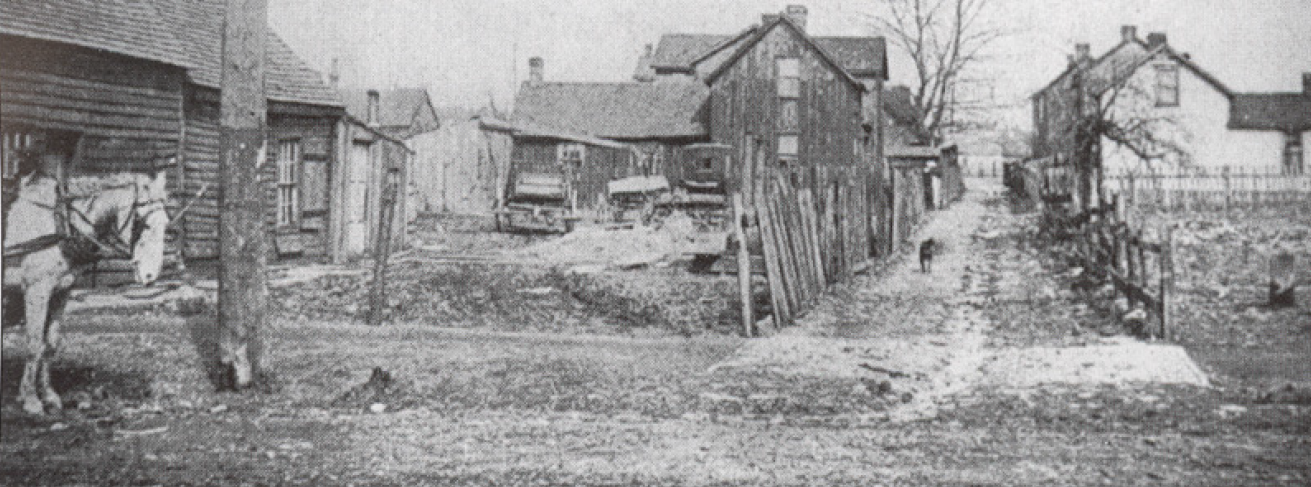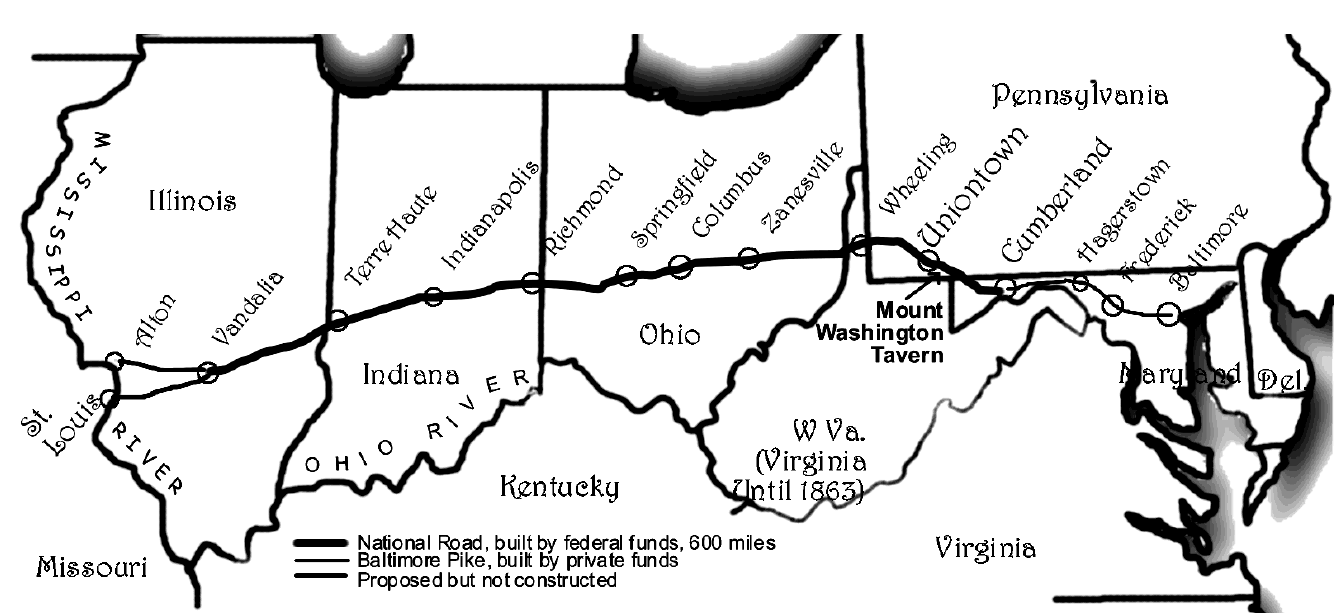
1754 to 1860The history of African-Americans in southwestern Pennsylvania is full of interesting and intriguing stories many of them untold. Here they lived, worked, and traveled. Below are vignettes of their story related to the Great Meadows and the National Road. "A charming field"On April 20, George Washington sent letters to Carter Burwell and John Robinson two powerful members of Virginia's House of Burgess. He was requesting reimbursement for losses of personal property at the Great Meadows in 1754. To Burwell he wrote, "...for beside the loss of many valuable Papers, a valuable Servant (who died a few days after his Wounds)..." and to Robinson, "...for I had, unfortunately, got my baggage from Wills Creek but a few days before the Engagement in wch I also had a valuable Servt Wounded, who died soon after." Part of an Immense ArmyGeneral Edward Braddock arrived in 1755 and attempted to force the French from the Ohio River valley. Much is made of the general, his staff and soldiers, but little is told of the camp followers. Moving WestIn 1802, the Jonathan Clark family of Virginia decided to move to Kentucky for a better life. Jonathan asked his younger brother William to help move his property. On January 19, 1802 a group of thirty to thirty-five slaves entrusted to William began their journey from Spotsylvania County, Virginia. 
Seeking Freedom Along the National RoadIn 1806, President Thomas Jefferson laid plans for the National Road. Construction of the road began in 1811 in Cumberland, Maryland. By the 1830s, construction of the road came to an end in Vandalia, Illinois, but the popularity of the road never ceased. In fact, the National Road even has its ties to the Underground Railroad. StationsThe National Road was one of several escape routes used by the slaves on the Underground Railroad. Some slaves escaped northwest from Maryland over the National Road into Uniontown. Slaves made use of Indian paths and old roads as they made their way to freedom. Baker's Alley located off the National Road in Uniontown was a famous haven for slaves finding shelter, help and directions. Turkey's Nest section of the National Road, located on the western slope of Chestnut Ridge, was also a noted safe haven. A Conductor's AccountSeveral people gave accounts of slaves using the National Road. One of the best known is Howard Wallace's account. Wallace speaks of the slaves getting help from people living along the National Road with a list of area "conductors" on the Underground Railroad. Two he mentions are Curry and John Payne of Uniontown. Equally, he mentions area people willing to catch slaves for a price. Here is an excerpt of Wallace's account."When they When they left Brownsville in company with Lloyd Demas and others, they would generally go up river to where the Diamond Coal Works are now situated, thence up through Denbo, at which time was a dense forest, but there piloted by the old pioneers, until they reached the Old National Pike coming out between C.I. Dorsey's residence and Malden, thence up the Pike to where the gate now stands on the farm, owned by William Pepper, thence to Pike Run Road, then across the field to William Wallace's the house now occupied by Lewis Deems. It was considered about the best stopping place on the route." Another well known helper of slaves on the road was William Willey. Willey lived in Somerfield and assisted runaways with food and directions. In his book on the National Road, Philip Jordan writes, "Abolitionists knew the National Road as the thoroughfare for runaway slaves. They lurked along its edges, crept for shelter under its S bridges and burrowed in hay lofts of stage barns." Thomas Searight in his book also relates about slaves seeking freedom along the road and the unfortunate episodes of those caught. It was not uncommon to see slaves being transported over the National Road in leg irons and encounter along the same mile a free African American drover or wagoner. |
Last updated: August 11, 2024
